Home>Garden Essentials>How To Make Hair Grass Carpet
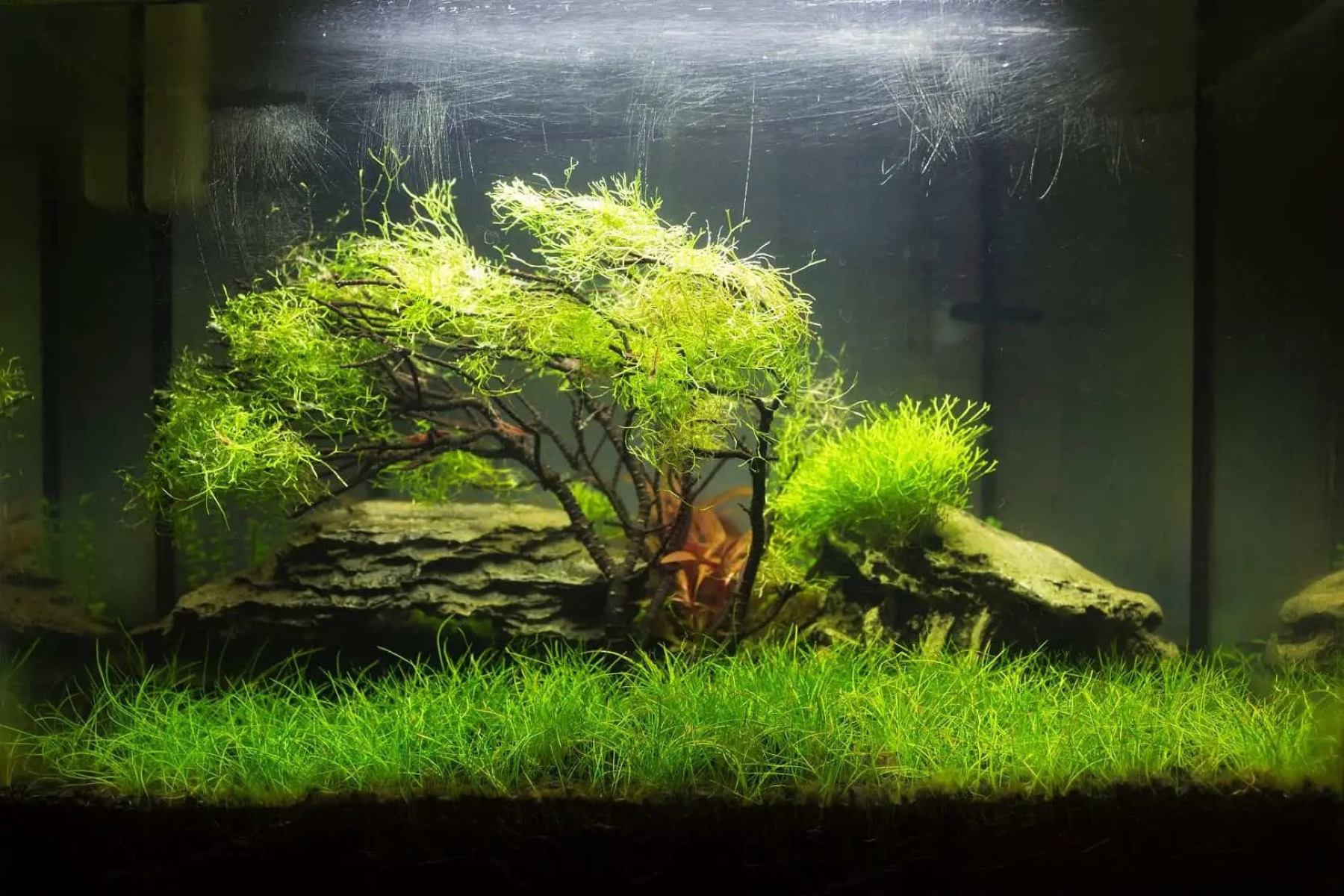

Garden Essentials
How To Make Hair Grass Carpet
Modified: October 28, 2024
Learn how to create a beautiful garden with lush hair grass carpet. Transform your outdoor space with our step-by-step guide for creating a stunning garden.
(Many of the links in this article redirect to a specific reviewed product. Your purchase of these products through affiliate links helps to generate commission for Storables.com, at no extra cost. Learn more)
Introduction
Creating a lush and green garden is a dream for many homeowners. One way to achieve that vibrant and inviting look is by incorporating a hair grass carpet. Hair grass is a type of ornamental grass that adds a touch of elegance and beauty to any garden or landscape. With its fine-textured, wispy blades and vibrant green color, hair grass creates a stunning carpet-like effect that can transform any outdoor space into a serene and tranquil oasis.
Whether you have a small balcony, a sprawling backyard, or a courtyard garden, a hair grass carpet is a versatile and low-maintenance option that can enhance the aesthetic appeal of your outdoor area. In this article, we will explore the step-by-step process of creating a hair grass carpet, from selecting the right species to maintaining its beauty in the long run.
Before we dive into the details, it’s important to note the benefits of having a hair grass carpet in your garden. Firstly, hair grass is known for its fast-growing nature, which means you’ll quickly see the results of your efforts. Additionally, hair grass is an excellent choice for erosion control, as its extensive root system helps stabilize the soil and prevent water run-off. Furthermore, this ornamental grass acts as a natural filter, absorbing pollutants and improving air quality.
So, if you’re ready to embark on the journey of creating a hair grass carpet, let’s get started with the first step: choosing the right hair grass species.
Key Takeaways:
- Creating a hair grass carpet can turn your garden into a lush oasis. Choose the right species, prepare the soil, and provide proper care to enjoy the beauty of a vibrant and low-maintenance grass carpet.
- Maintaining a hair grass carpet involves regular watering, trimming, and pest prevention. With patience and proper care, you can enjoy the tranquility and elegance of a thriving grass carpet in your garden.
Read more: How To Clean Hair From A Carpet
What is Hair Grass?
Hair grass, scientifically known as Eleocharis, is a genus of perennial grass that belongs to the Cyperaceae family. It is characterized by its thin, long leaves that resemble hair, hence the name “hair grass.” There are several species of hair grass, but the most commonly used for landscaping purposes are Eleocharis acicularis and Eleocharis parvula.
Hair grass is native to wetland areas and marshes, where it thrives in moist soil and shallow water. Its adaptable nature, however, allows it to grow in a wide range of conditions, from damp soil to dry areas. This makes it an ideal choice for gardeners and landscapers looking to add texture and visual interest to their outdoor spaces.
One of the distinctive features of hair grass is its fine-textured foliage. The slender, needle-like leaves create a delicate and graceful appearance, adding a touch of elegance to any garden. The leaves can range in color from light green to a vibrant shade of emerald, depending on the species and growing conditions.
Aside from its aesthetic appeal, hair grass serves a functional purpose as well. Due to its extensive root system, it acts as a natural erosion control method, preventing soil erosion and protecting slopes. It also provides habitat and shelter for small aquatic organisms, contributing to the overall biodiversity of a garden or landscape.
In addition to its visual and functional benefits, hair grass is relatively easy to maintain. It is a low-maintenance grass that requires minimal care once it is established. This makes it an ideal choice for both beginner gardeners and those with busy schedules, as it doesn’t demand constant attention or extensive maintenance.
Now that we understand what hair grass is and its various characteristics, let’s explore the benefits of having a hair grass carpet in your garden.
Benefits of Hair Grass Carpet
A hair grass carpet offers numerous benefits that can enhance the overall beauty and functionality of your garden or landscape. Let’s take a closer look at some of the advantages of incorporating a hair grass carpet.
- Visual Appeal: One of the primary benefits of a hair grass carpet is its visual appeal. The fine, wispy blades create a lush and vibrant carpet-like effect that adds texture and depth to your outdoor space. Whether used as a focal point or as a backdrop for other plants, the uniform and dense growth of hair grass creates a visually striking landscape.
- Low Maintenance: Hair grass is known for its low maintenance requirements. Once established, it requires minimal care, making it a convenient choice for busy homeowners or those who prefer a low-effort gardening experience. It doesn’t require frequent mowing or trimming and is resistant to many common garden pests and diseases.
- Erosion Control: One of the significant benefits of a hair grass carpet is its ability to control erosion. The extensive root system of hair grass helps bind the soil, preventing erosion caused by water run-off and wind. This makes it an excellent choice for sloped areas or gardens prone to soil erosion.
- Water Filtration: Hair grass acts as a natural filter, helping to improve water quality. It absorbs excess nutrients, pollutants, and sediment, preventing them from entering nearby bodies of water. This makes hair grass a great option for gardens near ponds, lakes, or other water sources.
- Habitat for Wildlife: The dense foliage of a hair grass carpet provides shelter and habitat for various beneficial organisms, including small insects, birds, and amphibians. Creating a hair grass carpet can contribute to the overall biodiversity and ecological balance of your garden, attracting a wide range of wildlife.
- Versatile Use: Hair grass is versatile and can be used in various garden styles and settings. Whether you have a modern, minimalist garden or a lush and tropical landscape, a hair grass carpet can complement any design theme and add a touch of elegance.
- Improved Air Quality: Like all other plants, hair grass participates in the process of photosynthesis, converting carbon dioxide into oxygen. By incorporating a hair grass carpet in your garden, you can help improve the air quality around your home, creating a healthier environment for you and your family.
With these numerous benefits, it’s no wonder that many gardeners and landscapers choose to incorporate a hair grass carpet in their outdoor spaces. Now that we understand the advantages, let’s move on to the step-by-step process of creating a hair grass carpet in your garden.
Step 1: Choose the Right Hair Grass Species
When creating a hair grass carpet, it’s essential to choose the right species that suits your specific needs and growing conditions. The two most commonly used species for this purpose are Eleocharis acicularis and Eleocharis parvula. Let’s explore these species and their characteristics to help you make an informed decision.
1. Eleocharis acicularis: Also known as Needle Spikerush, Eleocharis acicularis is a popular choice for hair grass carpets. It features long, thin leaves that resemble needles, giving it an elegant and delicate appearance. Eleocharis acicularis is suitable for both submerged and non-submerged growth, making it versatile in various water gardening applications. It thrives in full to partial sun and prefers moist to wet soils.
2. Eleocharis parvula: Commonly referred to as Dwarf Hairgrass, Eleocharis parvula is another popular species for creating hair grass carpets. It has shorter leaves compared to Eleocharis acicularis, giving it a more compact and dense appearance. Eleocharis parvula is primarily used for dry landscapes, such as rock gardens or sand substrates. It requires full sun to thrive and prefers well-drained soils.
When choosing the right hair grass species, consider factors such as the growing conditions in your garden, the desired appearance, and the level of maintenance you’re willing to provide. Take into account the amount of sunlight, water availability, and soil type to ensure the chosen species will thrive in your specific environment.
Once you’ve chosen the appropriate hair grass species, you’re ready to move on to the next step: preparing the growing area for your hair grass carpet. Stay tuned for Step 2!
Step 2: Preparing the Growing Area
Before you can plant your hair grass seeds and create a stunning carpet, it’s essential to prepare the growing area properly. The following steps will guide you through the process of preparing the area for your hair grass carpet:
- Clear the Area: Start by clearing the area of any existing vegetation, rocks, or debris. Remove any grass, weeds, or unwanted plants that may compete with your hair grass for nutrients and space.
- Level the Ground: Use a garden rake or a lawn-leveling tool to level the ground where you plan to plant your hair grass. This will ensure an even surface and promote uniform growth of the grass carpet.
- Remove Excess Soil: If the area has an excess amount of soil, consider removing some to achieve a more balanced level. Removing excess soil will prevent the hair grass carpet from becoming too raised and uneven.
- Improve Drainage: If the soil in your garden has poor drainage, it’s essential to improve it before planting your hair grass seeds. Mix organic matter, such as compost or well-rotted manure, into the soil to enhance its structure and drainage capabilities.
- Address Soil pH: Hair grass thrives in slightly acidic to neutral soil conditions, with a pH range of 6.0 to 7.5. Test the soil pH using a soil testing kit, and if necessary, adjust it by adding amendments to achieve the desired pH level.
- Consider Edging: Edging the perimeter of the growing area can help contain the hair grass and prevent it from spreading into other areas of your garden. Options for edging include using stones, bricks, or metal barriers.
By following these steps and properly preparing the growing area, you’ll provide a solid foundation for your hair grass carpet to thrive. The next step will focus on preparing the soil for optimal growth. Stay tuned for Step 3!
Read more: How To Get Hair Off The Carpet
Step 3: Preparing the Soil
Preparing the soil is a crucial step in creating a healthy and thriving hair grass carpet. The right soil conditions will provide essential nutrients for your hair grass seeds to germinate and grow. Follow these steps to prepare the soil for your hair grass:
- Loosen the Soil: Use a garden fork or a tiller to loosen the soil in the planting area. This will help improve aeration and allow the roots of the hair grass to penetrate the soil more easily.
- Remove Weeds and Debris: Before planting your hair grass seeds, remove any weeds, roots, or debris that may interfere with the growth of the grass. This will reduce competition for nutrients and ensure that your hair grass can establish itself without hindrance.
- Add Organic Matter: Incorporate organic matter such as compost, well-rotted manure, or peat moss into the soil. This will improve the soil’s structure, drainage, and fertility, providing a nutrient-rich environment for your hair grass to thrive.
- Amend Soil Texture: If the soil in your garden is heavy or clayey, you may need to amend it to improve drainage. Add sand or perlite to the soil to lighten its texture and enhance drainage capabilities. This will prevent waterlogging and root rot, ensuring the health of your hair grass carpet.
- Apply Slow-Release Fertilizer: Prior to planting your hair grass seeds, apply a slow-release fertilizer specifically formulated for ornamental grasses. This will provide a steady supply of nutrients to support the initial growth of your hair grass carpet. Follow the manufacturer’s instructions for proper application rates.
- Moisten the Soil: Before sowing the hair grass seeds, moisten the soil slightly to create a conducive environment for germination. Be careful not to oversaturate the soil, as excess moisture can lead to fungal diseases and rotting of the seeds.
By following these soil preparation steps, you’ll create an optimal environment for your hair grass seeds to take root and flourish. The next step will focus on planting the hair grass seeds and kickstarting the growth of your grass carpet. Stay tuned for Step 4!
To make a hair grass carpet, use a nutrient-rich substrate, high lighting, and CO2 injection. Plant the hair grass densely and trim regularly to encourage carpet growth.
Step 4: Planting Hair Grass Seeds
Now that you have prepared the soil, it’s time to plant your hair grass seeds and start establishing your lush carpet. Follow these steps to ensure successful planting of your hair grass seeds:
- Sow the Seeds: Sprinkle the hair grass seeds evenly over the prepared soil surface. Try to distribute the seeds as uniformly as possible to achieve a cohesive and consistent growth pattern.
- Press the Seeds: Gently press the hair grass seeds into the soil using the back of a garden rake or by lightly walking across the area. This will ensure good seed-to-soil contact and improve germination rates.
- Mist the Area: Use a fine mist sprayer to lightly mist the seeded area. This will help settle the seeds and provide them with the necessary moisture for germination. Avoid overwatering, as excessive moisture can lead to seed rot or fungal diseases.
- Cover with a Thin Layer of Soil: Sprinkle a thin layer of soil or fine sand over the hair grass seeds to provide a protective cover. This will help prevent the seeds from drying out and protect them from birds or other animals that may disturb the area.
- Water the Seeds: Water the area gently immediately after planting. Use a watering can or a gentle spray setting on your hose to avoid dislodging the seeds or washing them away. Keep the soil moist but not waterlogged during the germination period.
- Provide Proper Sunlight: Hair grass thrives in full sun to partial shade conditions. Ensure that the planted area receives adequate sunlight, as this is crucial for the growth and development of your hair grass carpet.
While hair grass seeds can take some time to germinate and establish, be patient and continue to provide the necessary care and maintenance. Once the grass starts to grow, you’ll begin to see your beautiful hair grass carpet take shape. In the next step, we’ll discuss watering and maintenance to ensure the long-term health of your hair grass. Stay tuned for Step 5!
Step 5: Watering and Maintenance
Proper watering and regular maintenance are essential for the health and longevity of your hair grass carpet. Follow these steps to ensure your hair grass thrives:
- Watering: After planting, water the hair grass seeds regularly to keep the soil consistently moist. Avoid overwatering, as this can lead to waterlogging and root rot. As the grass begins to grow, gradually reduce the frequency of watering, allowing the soil to dry slightly between waterings. Ensure that the grass receives about 1 inch of water per week, either through rainfall or manual irrigation.
- Mulching: Apply a thin layer of mulch, such as straw or finely shredded bark, around the hair grass carpet. Mulching helps retain moisture in the soil, prevents weed growth, and protects the roots from extreme temperature fluctuations. Ensure that the mulch is spread evenly and doesn’t smother the grass blades.
- Regular Trimming: To maintain your hair grass carpet’s neat appearance, trim the grass regularly. Use a pair of sharp garden scissors or a grass trimmer to cut back any overgrown or straggly blades. Trim the grass to your desired height, typically around 2-3 inches, to promote healthy growth and density.
- Fertilizing: Hair grass typically doesn’t require frequent fertilizing, as it can extract nutrients from the soil. However, if you notice signs of nutrient deficiency, such as yellowing leaves or slow growth, you can apply a slow-release fertilizer specifically formulated for ornamental grasses. Follow the manufacturer’s instructions for proper application rates, and avoid over-fertilization, as it can lead to excessive growth and weakened grass.
- Weed Control: Regularly inspect your hair grass carpet for any weeds and remove them as soon as possible. Weeds can compete with hair grass for nutrients and space, hindering its growth. Hand-pull weeds or use a small gardening tool to carefully remove them, being careful not to disturb the hair grass roots.
- Monitor for Pests and Diseases: Keep an eye out for any signs of pests or diseases that may affect your hair grass carpet. Common pests include aphids and grasshoppers, while diseases like fungal infections can occur in humid conditions. Regularly inspect the grass blades and consult with a local gardening expert if you notice any issues.
- Aerate the Soil: Over time, the soil beneath your hair grass carpet may become compacted. To ensure proper airflow and nutrient absorption, periodically aerate the soil by using a garden fork or a lawn aerator. This process helps break up compacted soil and promotes water and nutrient penetration.
By following these watering and maintenance practices, you’ll help your hair grass carpet thrive and maintain its beauty over time. In the next step, we’ll discuss fertilizing hair grass to ensure it receives the necessary nutrients for healthy growth. Stay tuned for Step 6!
Step 6: Fertilizing Hair Grass
Fertilizing your hair grass is an important step in maintaining its lush green appearance and promoting healthy growth. Here are the key steps to properly fertilizing your hair grass:
- Choose the Right Fertilizer: Select a balanced, slow-release fertilizer specifically formulated for ornamental grasses. Look for a fertilizer with a nitrogen-phosphorus-potassium (NPK) ratio of around 10-10-10 or 12-12-12. These ratios provide a good balance of essential nutrients for your hair grass.
- Follow the Manufacturer’s Instructions: Read and follow the manufacturer’s instructions on the fertilizer packaging carefully. Pay attention to the recommended application rates, frequency, and timing. Over-fertilization can harm the grass, so it’s important to use the proper amount.
- Apply Fertilizer in Early Spring: Spring is the best time to fertilize hair grass, as it provides an essential boost of nutrients for new growth during the growing season. Apply the fertilizer to the soil around the hair grass according to the package instructions. Avoid directly applying fertilizer to the grass blades, as this can cause burning.
- Water Thoroughly: After applying the fertilizer, water the grass thoroughly to help the nutrients penetrate the soil and reach the roots. Adequate watering also helps prevent fertilizer burn and promote even distribution of nutrients.
- Additional Fertilizing: Depending on the specific needs of your hair grass and the recommendations of the fertilizer manufacturer, you may need to apply additional fertilizer throughout the growing season. Follow the instructions regarding the timing and frequency of additional fertilizer applications.
- Monitor Nutrient Levels: Regularly monitor the health and appearance of your hair grass. If you notice signs of nutrient deficiency, such as yellowing or stunted growth, you may need to adjust your fertilization practices. Consult with a local gardening expert or perform a soil test to determine any nutrient deficiencies.
- Avoid Over-Fertilization: It’s important to strike a balance with fertilization to prevent over-fertilization. Excessive fertilizer application can lead to nutrient buildup, which can cause root burn, weak growth, and susceptibility to pests and diseases. Always follow the recommended rates and avoid applying fertilizer more frequently than necessary.
By following these steps and providing your hair grass with the proper nutrients, you can ensure its health and vibrant growth. In the next step, we’ll discuss trimming and pruning techniques to keep your hair grass carpet well-maintained. Stay tuned for Step 7!
Read more: How To Make Hair Fluffy With Hair Dryer
Step 7: Trimming and Pruning
Regular trimming and pruning are essential for maintaining the neat and well-manicured appearance of your hair grass carpet. Follow these steps to effectively trim and prune your hair grass:
- Timing: The timing of trimming and pruning depends on the growth habits of your hair grass species. Generally, you can start trimming and pruning in early spring when the grass begins to show signs of new growth. Avoid trimming too late in the season, as it may disrupt the growth cycle and weaken the grass.
- Equipment: Use a pair of sharp garden scissors, garden shears, or a grass trimmer with a blade attachment for trimming the hair grass. Make sure your equipment is clean and properly maintained to ensure clean cuts and prevent the spread of diseases.
- Trimming the Blades: Trim the hair grass blades to your desired height, typically around 2-3 inches. Start by removing any discolored, damaged, or overgrown blades. Trim them close to the base of the grass, taking care not to damage the healthy blades.
- Pruning the Edges: To maintain the crisp edges of your hair grass carpet, use your scissors or shears to carefully trim the grass along the edges. This will help create clean boundaries and prevent the grass from encroaching on other areas of your garden.
- Remove Overgrowth: If you notice any sections of the hair grass carpet that have become dense or overgrown, consider thinning them out. This can be done by selectively cutting back excess growth to maintain an even and uniform appearance.
- Clean Up: After trimming and pruning, collect and remove any clippings or debris from the grass carpet. This will ensure a clean and tidy appearance and prevent the clippings from smothering the grass or promoting fungal growth.
- Regular Maintenance: Make trimming and pruning a part of your regular maintenance routine. Depending on the growth rate of your hair grass, you may need to trim and prune every few weeks to keep the carpet looking its best.
By following these trimming and pruning techniques, you can maintain a well-groomed and visually appealing hair grass carpet. In the next step, we’ll discuss how to prevent and address common pests and diseases that may affect your hair grass. Stay tuned for Step 8!
Step 8: Preventing Pests and Diseases
To ensure the long-term health and beauty of your hair grass carpet, it is important to take measures to prevent common pests and diseases. Here are some steps you can take to prevent and address potential issues:
- Maintain Healthy Growing Conditions: Healthy hair grass is more resilient against pests and diseases. Provide the optimal growing conditions, including proper sunlight, moisture levels, and soil fertility. Avoid overwatering, as it can lead to root rot, and ensure good drainage to prevent waterlogged soil.
- Monitor Regularly: Conduct regular inspections of your hair grass carpet to check for signs of pests or diseases. Look for abnormalities such as discoloration, wilting, or unusual growth patterns. Early detection can help prevent the spread and minimize the damage caused by pests and diseases.
- Practice Good Hygiene: Practice good garden hygiene to minimize the risk of pests and diseases. Remove any fallen leaves or debris from the hair grass carpet, as they can harbor pests, fungi, or diseases. Clean and disinfect your gardening tools regularly to prevent the spread of pathogens.
- Prevent Overcrowding: Avoid overcrowding the hair grass carpet as this can create a conducive environment for pests and diseases. Ensure sufficient spacing between the grass plants to promote air circulation and discourage the spread of pathogens.
- Use Organic Pest Control: If you notice pest infestations such as aphids or grasshoppers, consider using organic pest control methods. Apply natural remedies like neem oil, insecticidal soap, or predator insects to control the pests without harming the beneficial organisms in your garden.
- Address Diseases Promptly: If you observe signs of diseases such as fungal infections or brown patches on the hair grass, take immediate action. Remove and dispose of any affected plant parts, and treat the area with appropriate fungicides as directed by a gardening professional.
- Avoid Chemical Overuse: While pesticides and fungicides can be effective for treating specific issues, avoid excessive use of chemical products as they can negatively impact the overall health of your hair grass and the surrounding environment. Only use pesticides or fungicides when absolutely necessary and follow the instructions carefully.
- Consult with Experts: If you’re uncertain about identifying or addressing pests or diseases affecting your hair grass, seek guidance from local gardening experts or extension services. They can provide specific advice and recommendations based on your region and the specific issues you’re facing.
By following these prevention and management strategies, you can help protect your hair grass carpet from common pests and diseases and maintain its health and beauty. With proper care, your hair grass carpet will continue to thrive and provide a stunning focal point in your garden or landscape.
Remember, prevention is key, so be proactive in monitoring and maintaining the health of your hair grass. Enjoy the beauty and tranquility of your lush hair grass carpet for years to come!
Thank you for joining us on this journey of creating and caring for a hair grass carpet. We hope you found this step-by-step guide helpful and informative. Happy gardening!
Conclusion
Creating a hair grass carpet in your garden can transform your outdoor space into a lush and visually captivating oasis. With its fine-textured blades and vibrant green color, hair grass adds elegance and beauty to any landscape. Throughout this step-by-step guide, we have explored the process of creating and maintaining a stunning hair grass carpet, from choosing the right species to preventing pests and diseases.
By following the outlined steps, you can successfully establish and care for your hair grass carpet. Remember to choose the appropriate hair grass species that suits your growing conditions, prepare the soil and provide adequate nutrients through fertilization. Regular watering, trimming, and pruning are essential for maintaining the health and aesthetic appeal of your hair grass. Additionally, taking preventive measures against pests and diseases will help protect your carpet and ensure its longevity.
As you embark on this journey of creating and maintaining your hair grass carpet, don’t forget to enjoy the process. Gardening is not just about the end result; it is a therapeutic and rewarding activity that allows you to connect with nature. Take moments to appreciate the lushness and beauty of your hair grass carpet, and take pride in the role you play in nurturing it.
We hope this comprehensive guide has provided you with the knowledge and confidence to create your own hair grass carpet. Whether you have a small garden, a sprawling lawn, or a balcony, a hair grass carpet can add a touch of natural beauty and a serene atmosphere to your outdoor space.
So, gather your tools, select your hair grass species, and let your creativity take shape. With proper care and maintenance, your hair grass carpet will flourish and become a highlight of your garden for years to come.
Happy gardening!
Frequently Asked Questions about How To Make Hair Grass Carpet
Was this page helpful?
At Storables.com, we guarantee accurate and reliable information. Our content, validated by Expert Board Contributors, is crafted following stringent Editorial Policies. We're committed to providing you with well-researched, expert-backed insights for all your informational needs.
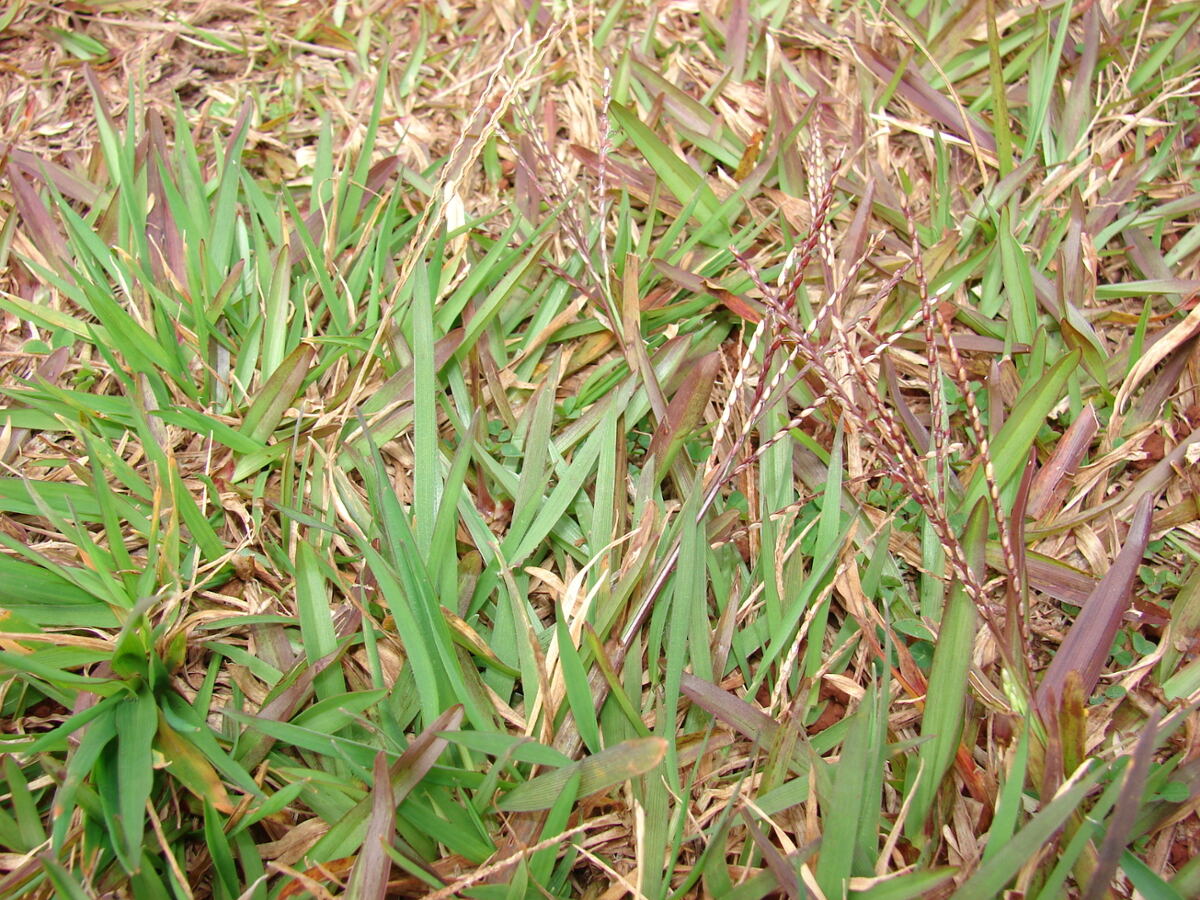
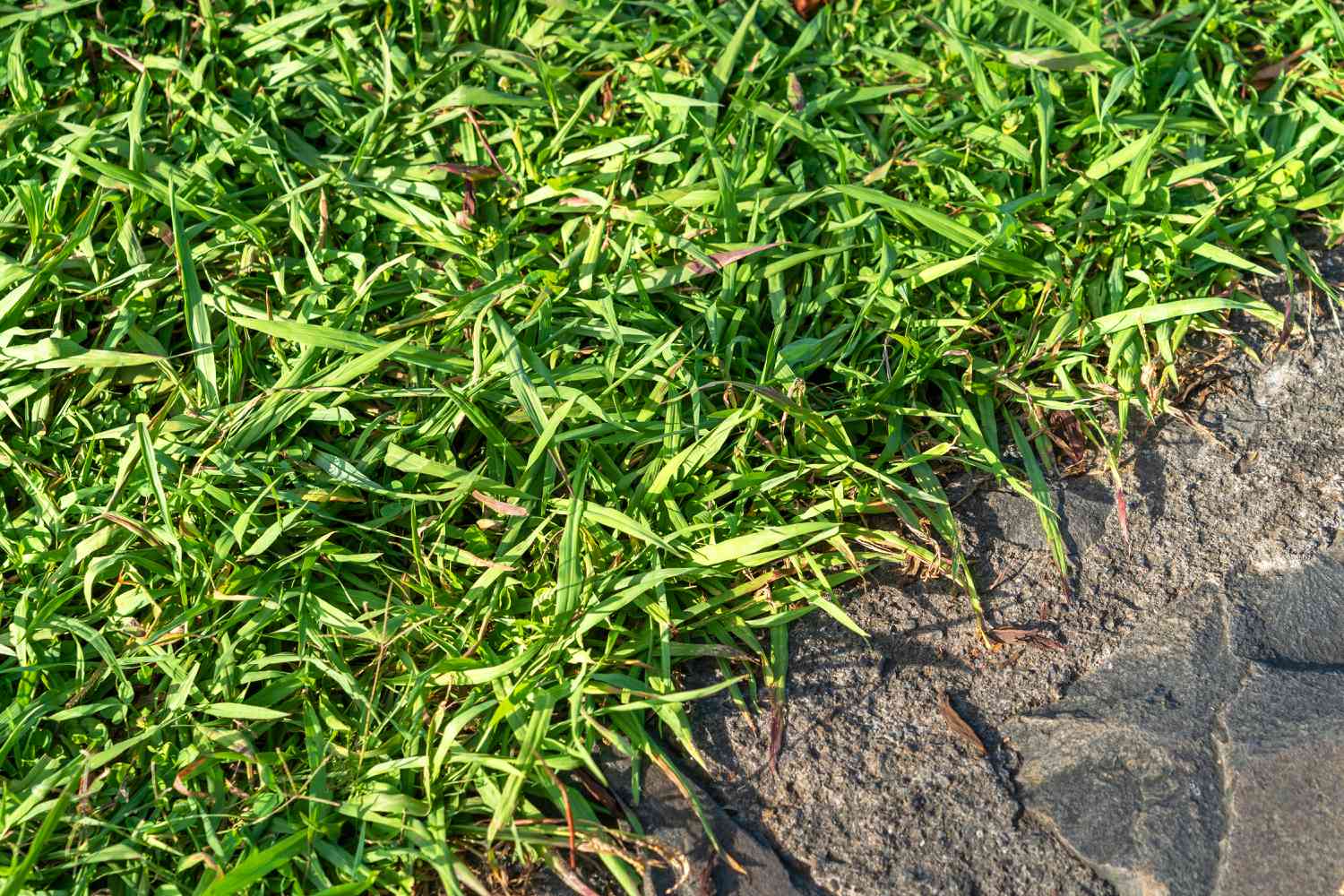
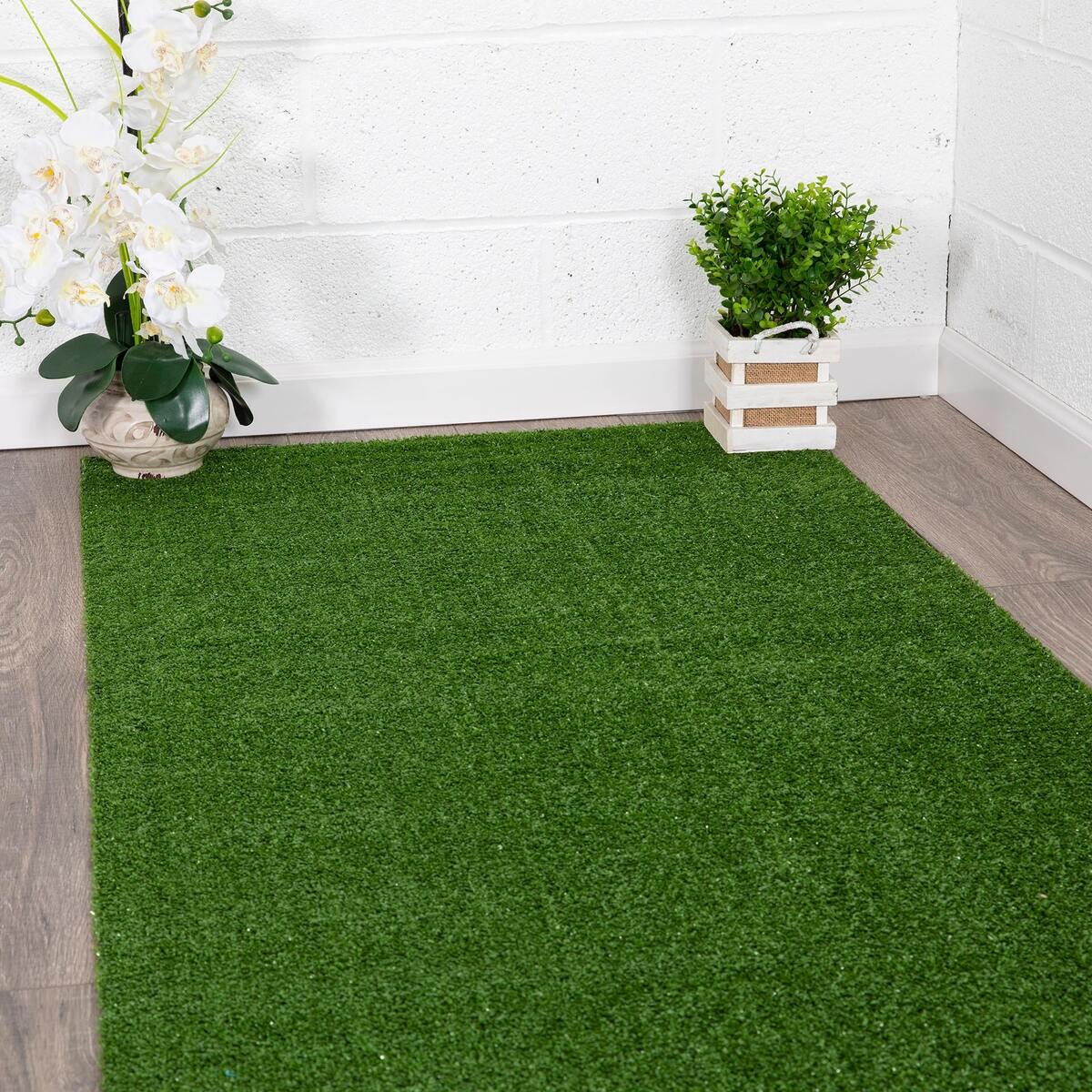
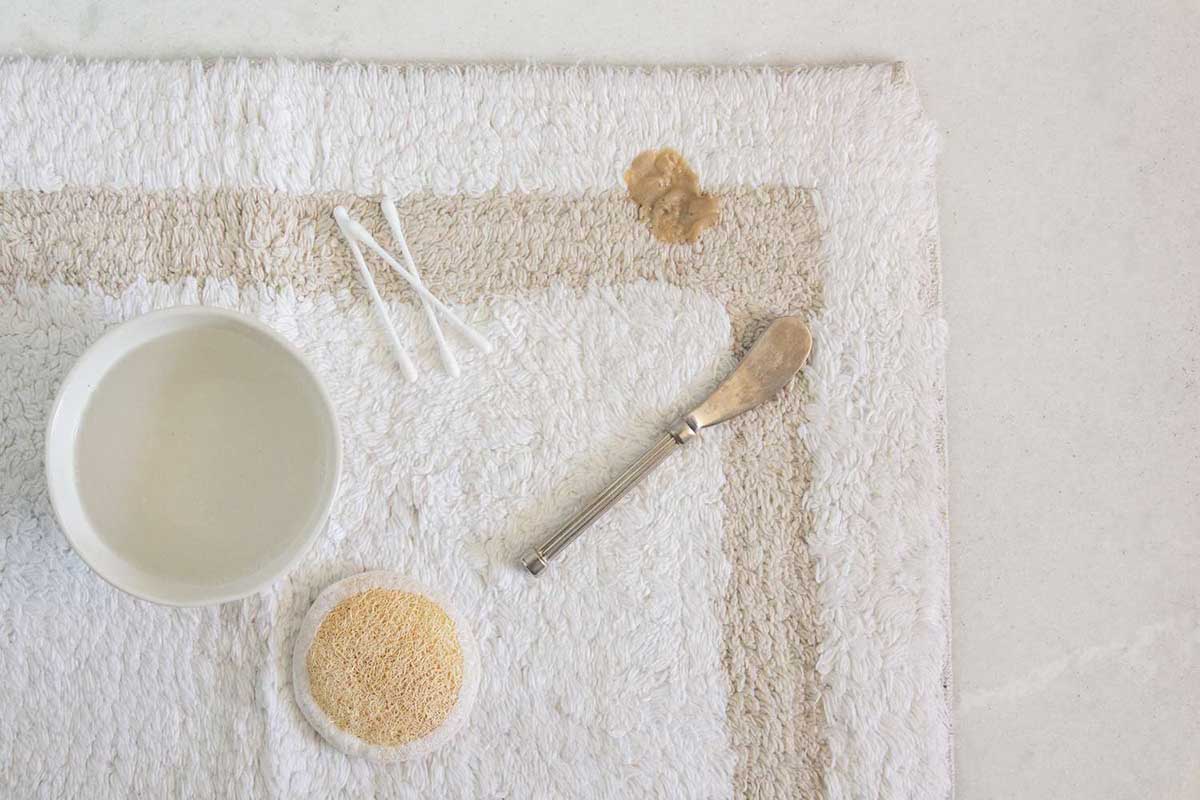
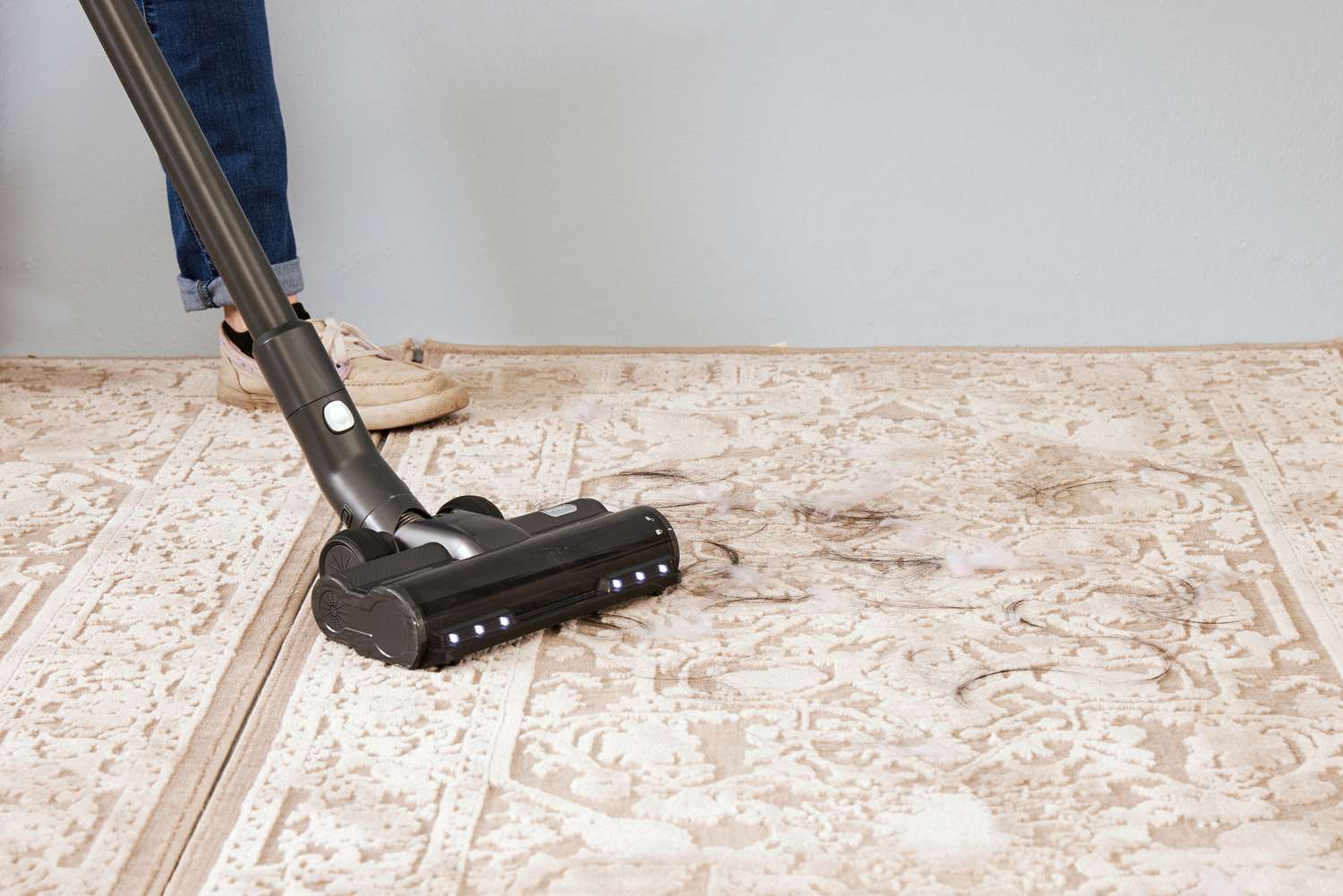
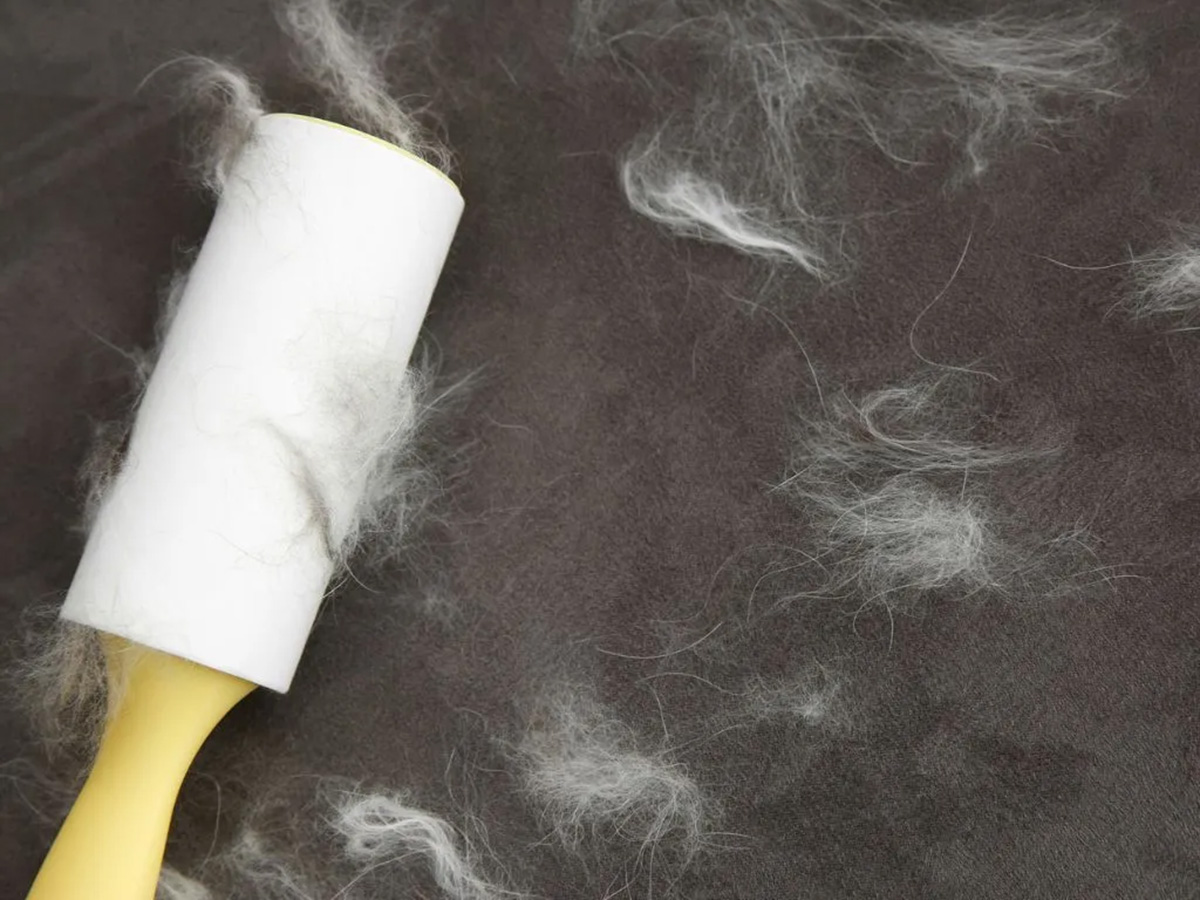
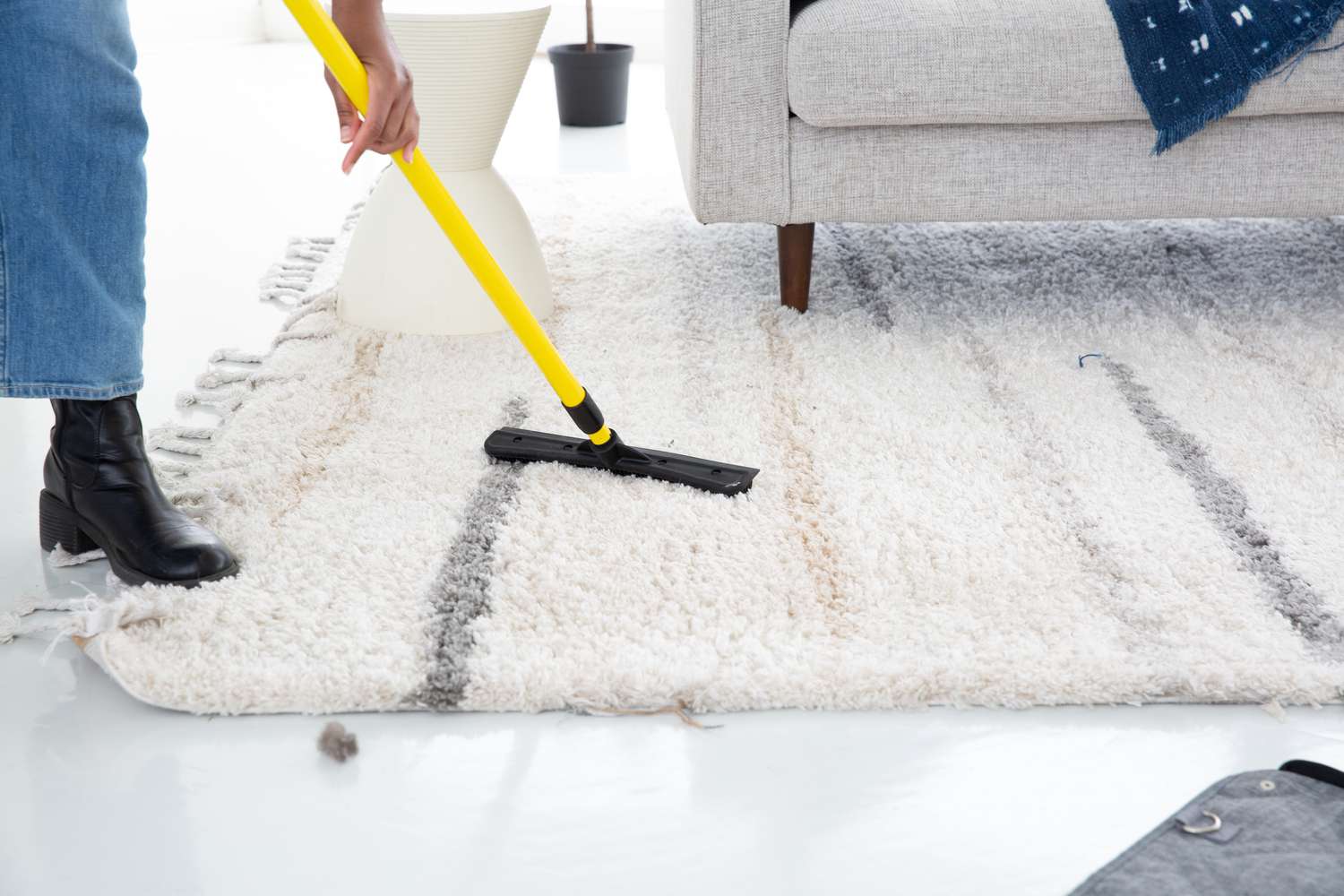
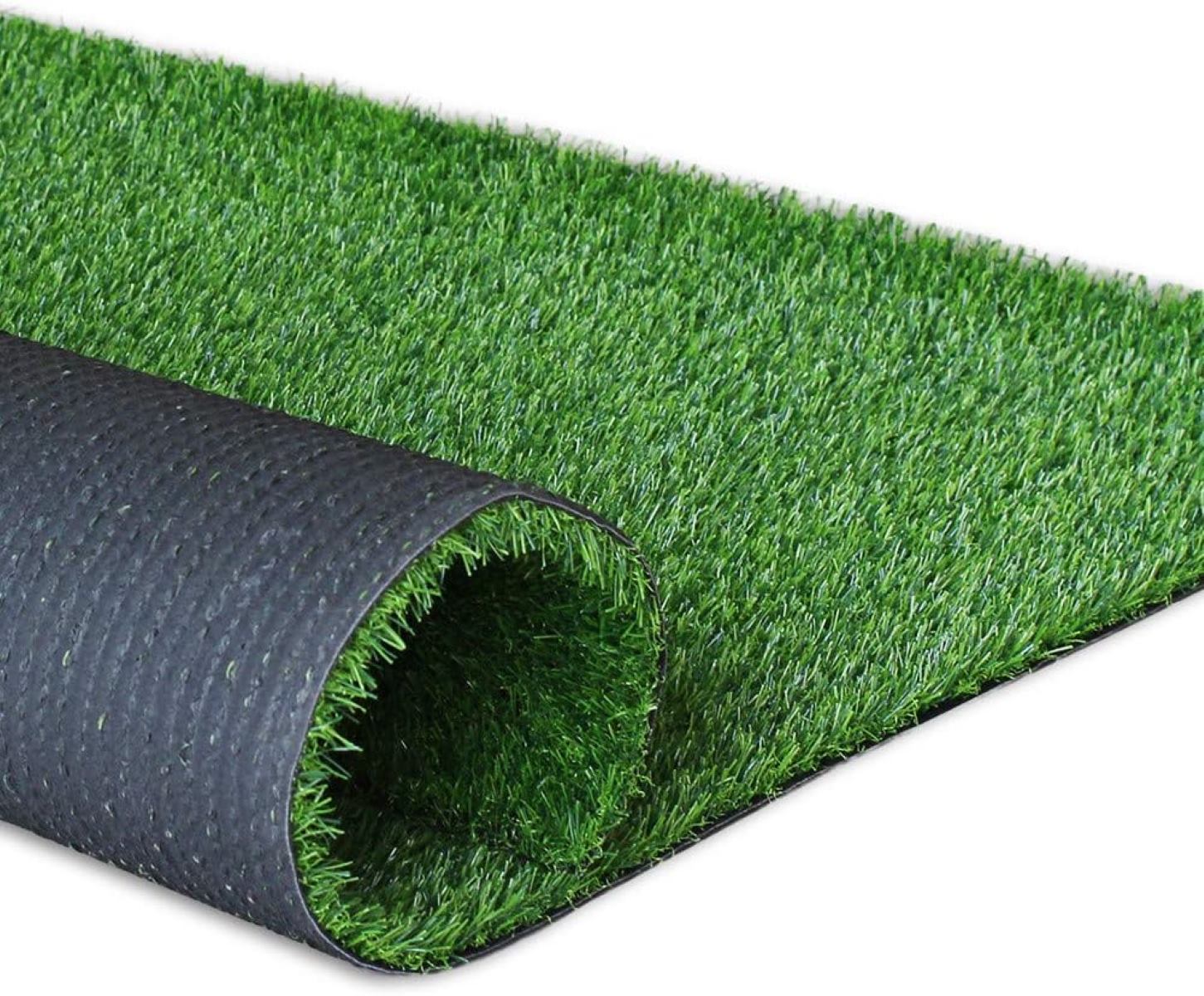
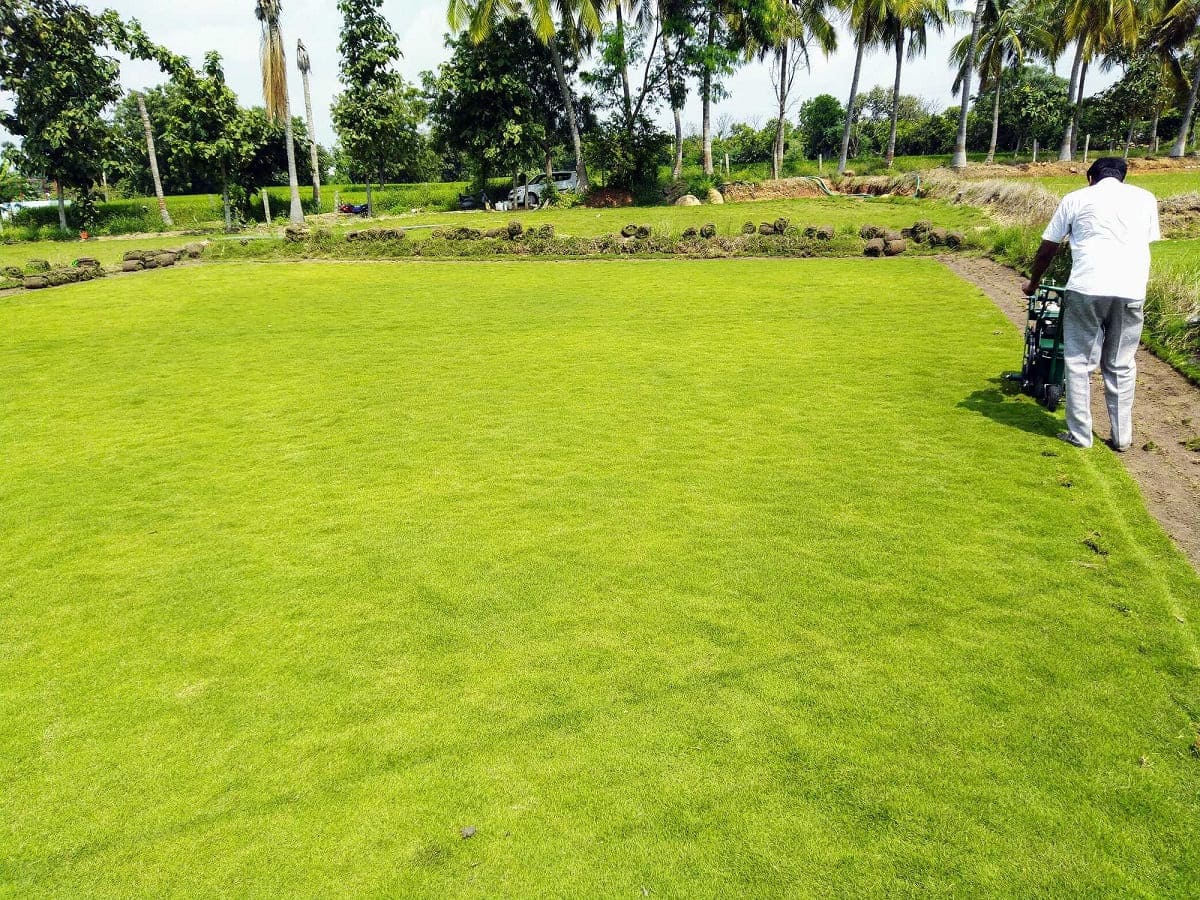
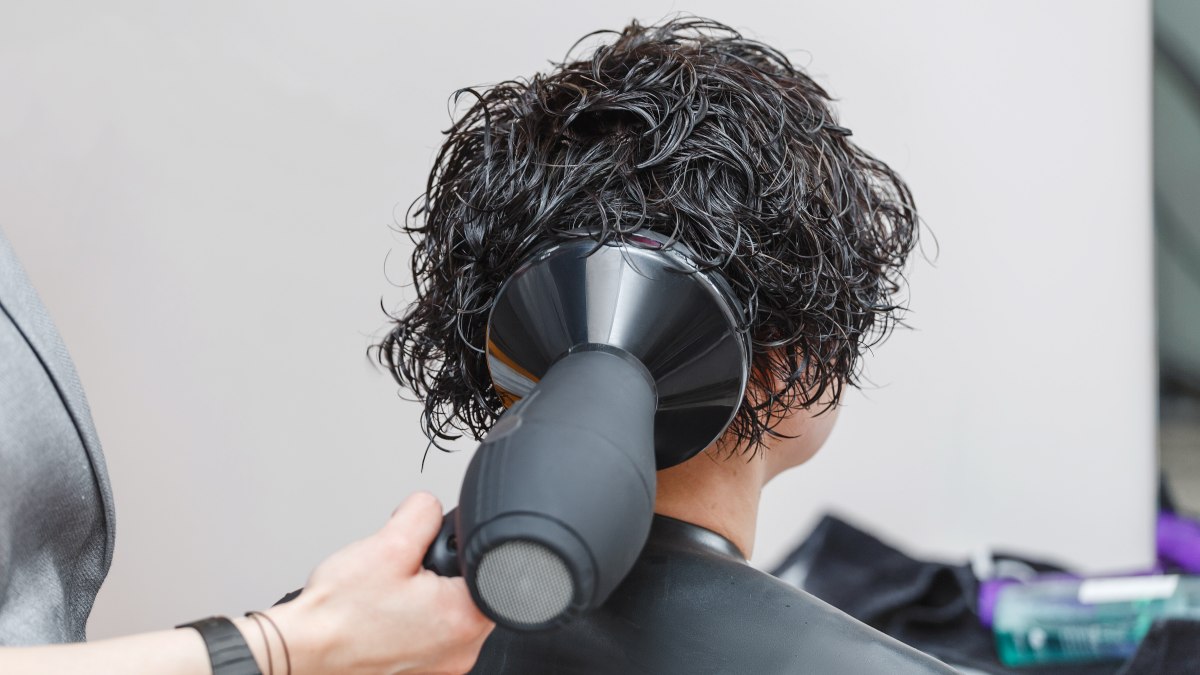
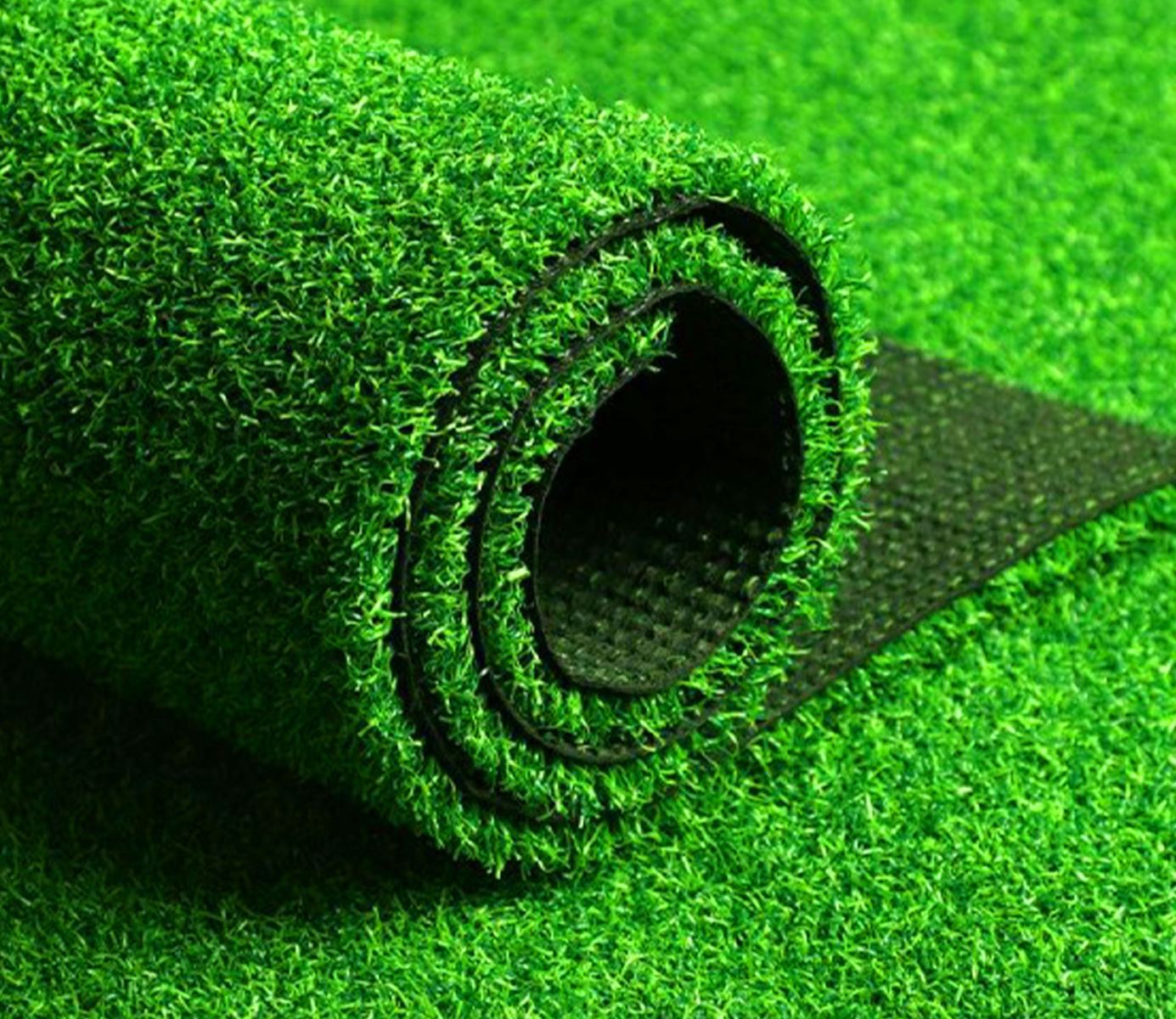
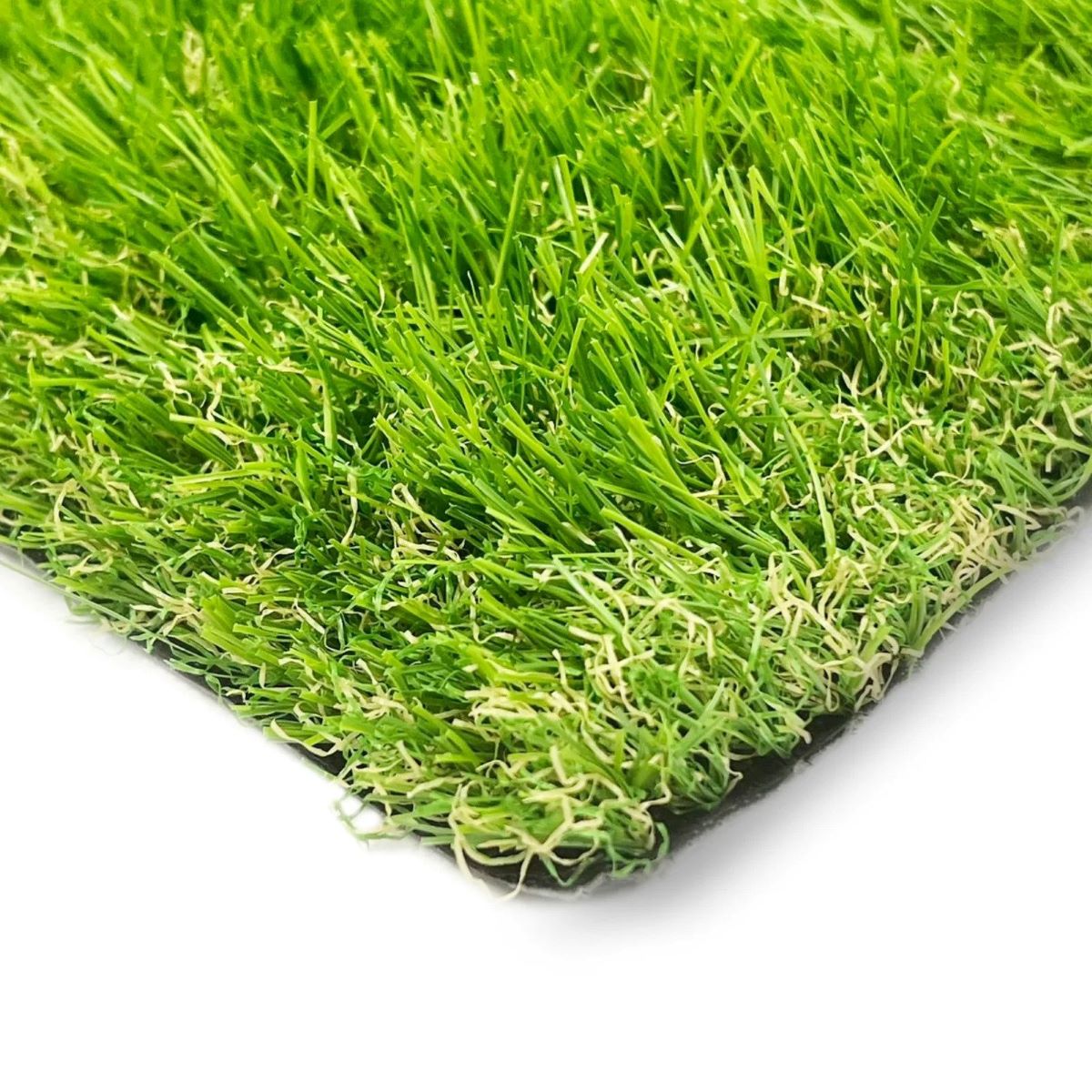


0 thoughts on “How To Make Hair Grass Carpet”